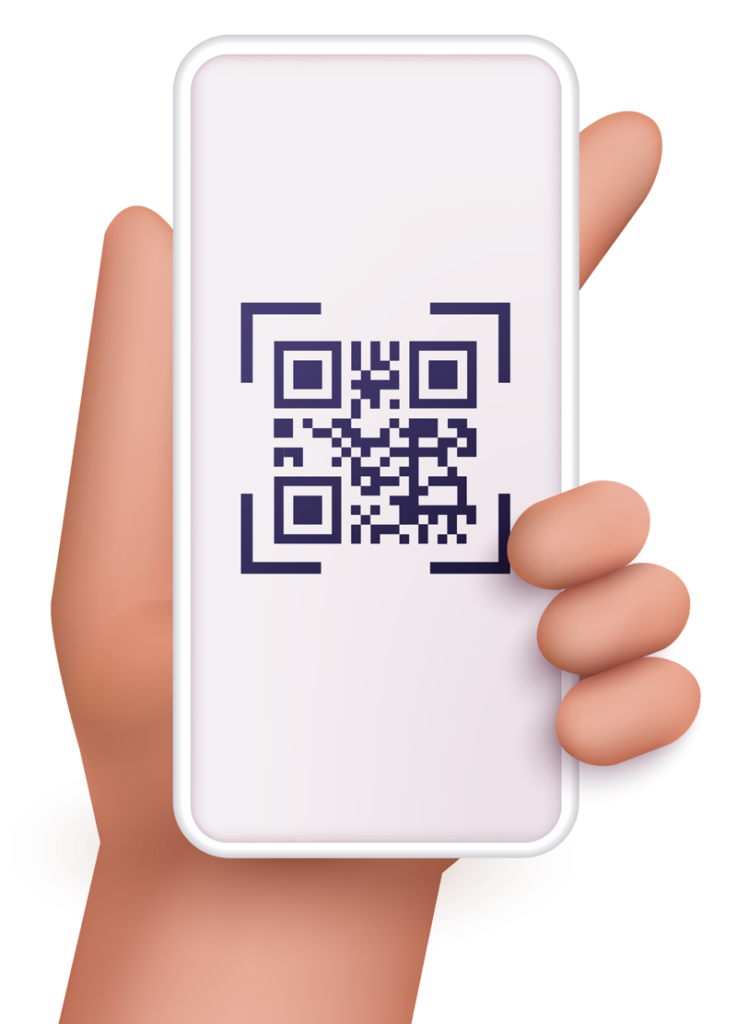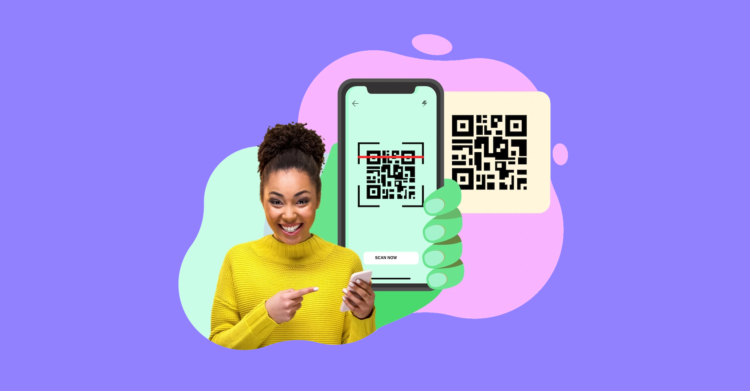In the current digital era, QR (Quick Response) codes are omnipresent. Initially designed for inventory tracking in the automotive industry, QR codes have evolved into versatile tools for information exchange, marketing, and engagement. While commonly used for straightforward tasks like directing users to websites or displaying contact information, innovative thinkers are pushing the boundaries of QR code generators to explore new and creative applications.

Understanding QR Codes
Before delving into the innovative uses, let’s grasp the basics of QR codes. QR codes represent two-dimensional barcodes capable of storing diverse data types, including text, URLs, or other forms of information. They consist of black modules arranged in a square grid on a white background, allowing for quick scanning by smartphones or dedicated QR code readers.
Beyond Traditional Applications
Interactive Art Installations:
Artists are incorporating QR codes into their installations to provide viewers with additional context, audio guides, or immersive experiences. Visitors can scan the codes to access behind-the-scenes videos, artist interviews, or interactive elements, enhancing their understanding and engagement with the artwork.
Educational Resources:
Teachers are leveraging QR codes to create interactive learning experiences for students. By embedding QR codes in textbooks, worksheets, or classroom displays, educators can link students to supplemental materials, educational videos, or online quizzes, catering to diverse learning styles and fostering active participation.
Virtual Real Estate Tours:
Real estate agents are using QR codes to offer virtual tours of properties to prospective buyers. Instead of traditional static images, QR codes lead potential buyers to immersive 360-degree virtual tours, allowing them to explore every corner of the property from the comfort of their own devices.
Scavenger Hunts and Geocaching:
Event organizers and adventure enthusiasts are incorporating QR codes into scavenger hunts and geocaching activities. Participants follow clues and scan QR codes placed in various locations to unlock the next steps or discover hidden treasures, adding an element of tech-driven excitement to outdoor adventures.
Interactive Business Cards:
Entrepreneurs and professionals are reimagining traditional business cards by integrating QR codes. Instead of merely exchanging contact information, QR codes on business cards can link to multimedia portfolios, LinkedIn profiles, or personalized video introductions, leaving a lasting impression on potential clients or employers.
The Future of QR Code Innovation
As technology continues to advance, the potential applications of QR code generators are virtually limitless. Below are several forecasts and anticipations for the future:
Augmented Reality Integration:
QR codes could be seamlessly integrated with augmented reality (AR) technology, allowing users to unlock AR experiences by scanning codes with their smartphones. From interactive product demonstrations to virtual try-on experiences, AR-enhanced QR codes could revolutionize marketing and consumer engagement.
Secure Authentication and Access Control:
QR codes have the potential to serve as secure authentication tokens or access control mechanisms. By generating unique QR codes tied to user accounts or privileges, organizations can streamline authentication processes and enhance security across various applications, from login procedures to facility access.
Environmental and Sustainability Initiatives:
QR codes can play a role in promoting environmental awareness and sustainability initiatives. For instance, QR codes on product packaging could provide consumers with information about recycling instructions, sustainability certifications, or carbon footprint calculations, empowering them to make informed purchasing decisions.
Healthcare and Medical Applications:
QR codes could be utilized in healthcare settings for patient identification, medical record access, or medication management. By scanning QR codes on wristbands or prescriptions, healthcare professionals can quickly retrieve relevant information, streamline administrative tasks, and improve patient safety.
Conclusion
Innovators across various industries are constantly pushing the boundaries of QR code generators, exploring new ways to leverage this versatile technology. From interactive art installations to virtual real estate tours and beyond, QR codes have the potential to enhance experiences, streamline processes, and foster engagement in both physical and digital environments. As we look to the future, the continued evolution of QR code innovation promises exciting possibilities for creative expression, education, commerce, and beyond.




